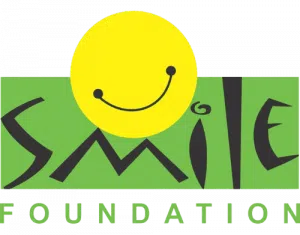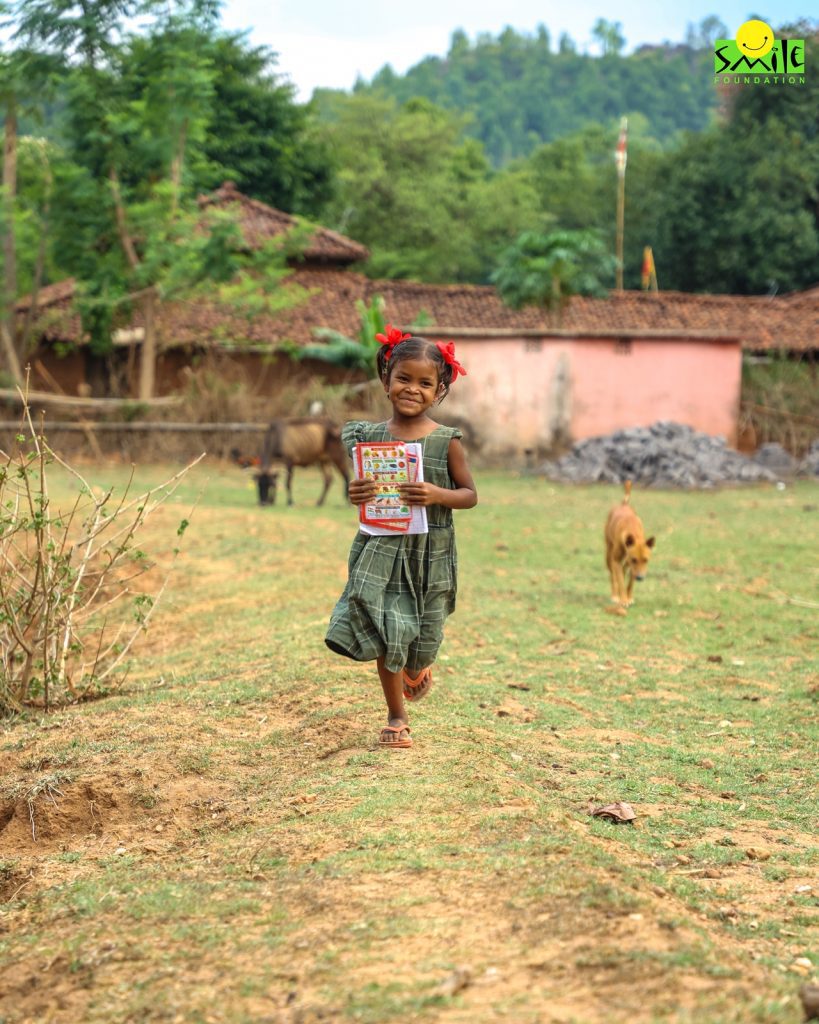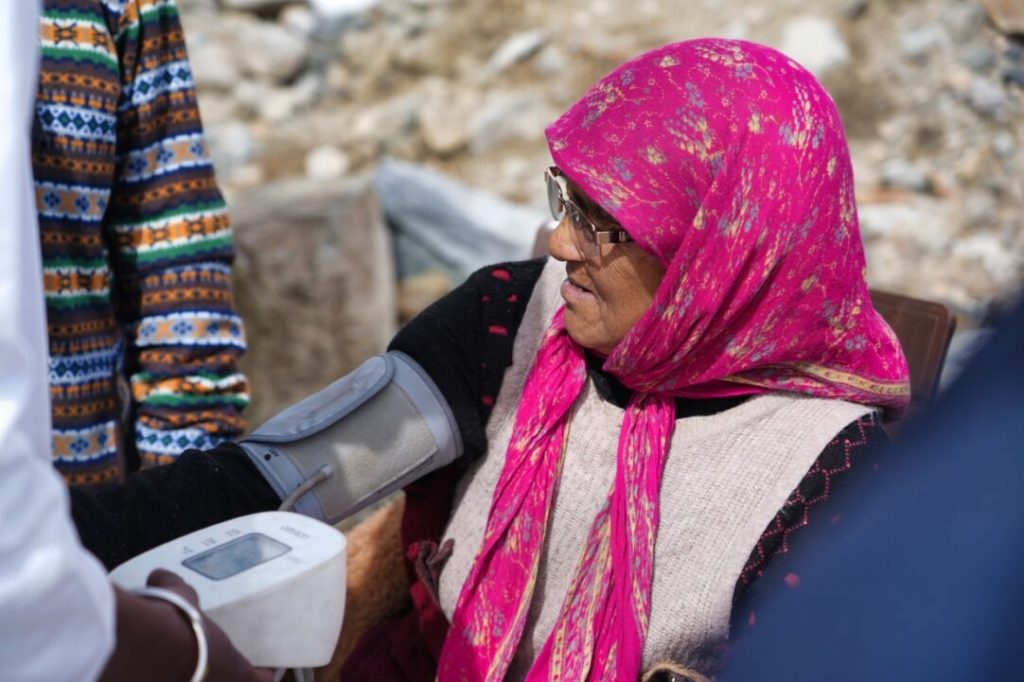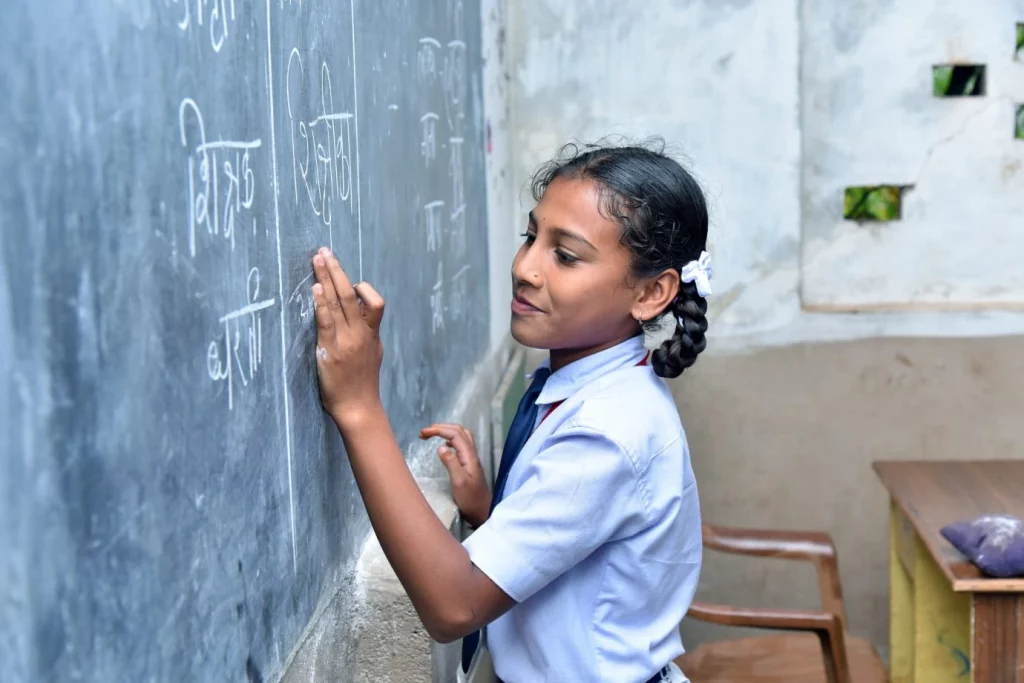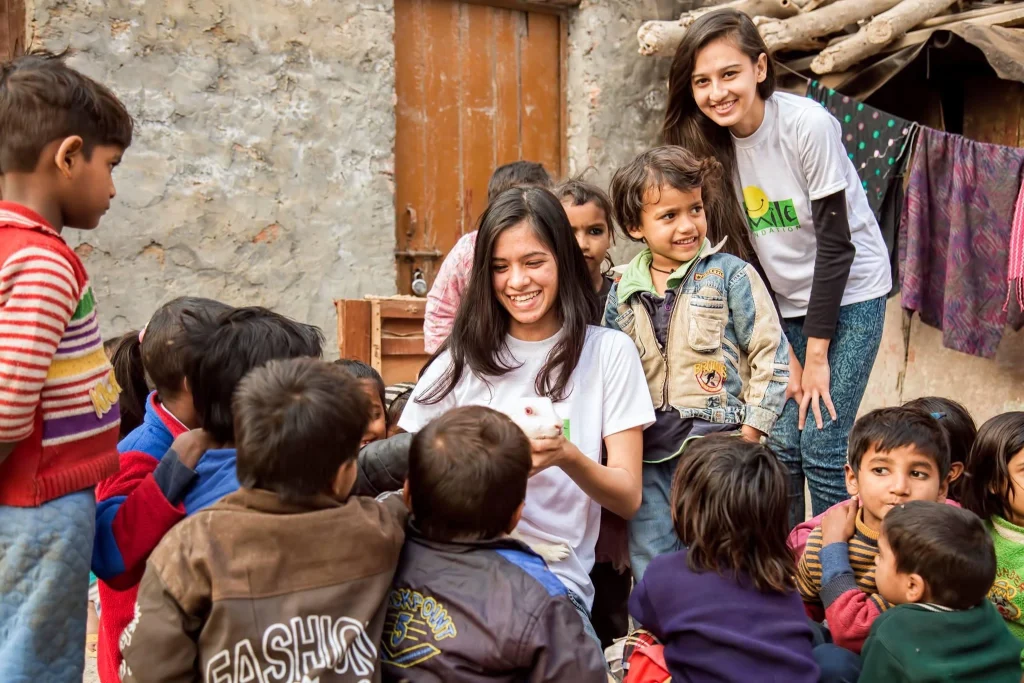It has now become evident that India is grappling with a major diabetes problem. So much so that the country is now known as the diabetes capital of the world. The problem is directly linked to poor food and lifestyle choices. As per a recent study by Lancet, more than 101 million people or over 11 per cent of the population of India is living with diabetes. This number is highly concerning as it shows that more than one-tenth of the total population in the country is now dealing with an issue which can lead to some serious health problems.
This alarming number reiterates the need for immediately addressing the lifestyle factors and dietary patterns that are causing the diabetes epidemic in India. While diabetes is directly linked to consumption of sugar, it needs to be understood that it is caused by a diet which is mostly rich in carbohydrates which includes wheat, rice, etc. Therefore, merely reducing sugar consumption cannot solve the diabetes problem. India needs to address the challenges associated with the traditional diet which is dominated by chapatis and boiled rice as primary sources of calories.
At the same time, some may argue that this has been the traditional diet of Indians since decades, and probably even centuries. While this may be true, what needs to be factored in is the changes brought by modern living. More and more people are now living sedentary and stressful lives, not engaging in any type of hard labour. Additionally, there is a sudden rise in the availability of packaged foods that are high on sugar and other carbohydrates while not offering a healthy balance of other nutrients. This is the reason why it is crucial to know about the food on your plate and how it affects your overall health and nutrition.
Importance of an overall healthy diet
A healthy diet is fundamental to maintaining overall well-being and preventing lifestyle-related diseases. You should see your body as a machine which requires fuel to run. Now, think of a machine like a motorcycle. What does it need to run perfectly? It needs petrol as fuel, engine oil to keep it running smoothly, brake oil to ensure that safety is maintained, etc. What if you mix water with petrol and put it into your motorcycle? Or, if you keep putting adulterated petrol in? Eventually, it will cause the motorcycle to malfunction because its requirements are not fulfilled.
Similarly, the human body needs certain energy sources to fulfil its needs. While carbohydrates may offer a cheap and easy source of energy, it is protein that helps in building your muscles and fibre helps keep your gut healthy. Consuming a balanced diet rich in essential nutrients helps in managing weight, boosting immunity and reducing the risk of chronic diseases such as diabetes, heart disease and hypertension. A nutritious diet provides the body with the necessary vitamins, minerals and antioxidants to function optimally. It also plays an important role in improving and sustaining mental health, enhancing mood and cognitive function. By adopting healthy eating habits, individuals can lead more fulfilling lives and contribute to a healthier society.
What a healthy diet should look like
As mentioned above, a balanced diet is a healthy diet. Now, this balance is decided by varying factors. Your diet can be highly personalised and if you are dealing with a problem like diabetes or obesity, it may be a good idea to reach out to a professional dietitian who can assess you and provide a personalised diet chart. Also, if you are not suffering with any of the diet related diseases, it is still recommended that you follow professional advice. In this article, we will be covering a bird’s eye view of what a healthy diet should look like. We must clarify that this must not be taken as professional advice of any kind.
The Indian Council of Medical Research (ICMR) and the National Institute of Nutrition (NIN) have outlined the Recommended Dietary Allowances (RDA) for different age groups and physiological states3. Here are the key components of a healthy diet:
- Carbohydrates: An average diet should constitute 45-65 percent of carbs of daily calories. Even while consuming carbohydrates, you should prefer whole grains, legumes, vegetables, etc. instead of simple sugars.
- Proteins: It is extremely essential for growth, repair and maintenance of body tissues. The best sources of protein are meat, eggs, dairy products, and pulses. The RDA for protein varies by age and activity level, with adults requiring about 0.8 grams per kilogram of body weight.
- Fats: This should make up around 25 to 30 percent of your daily calories. You should consume healthy fats like nuts, seeds, avocadoes, olive oil, etc. instead of trans fat and saturated fat found in processed foods.
- Minerals and Vitamins: These are like the building blocks of your health as they are essential for vital body functions like healthy immunity, bone health, haemoglobin levels, etc. You must ensure intake of vitamins A, C, D, E and B-complex, along with minerals like calcium, iron, and zinc. A diet deficient of these can lead to conditions such as anaemia, osteoporosis and impaired immune function.
- Fibre: Lastly, this is another thing that you should be mindful of including in your diet. Fibre is important for healthy digestive health and avoiding constipation. It also helps in feeling full after eating and can help with lesser consumption of unhealthy calorie sources. Whole grains, fruits, vegetables, etc. are a good source of fibre. You should aim to consume at least 25-30 grams daily.
Again, it should be noted that this is just an overview of the ICMR report. You can click on the link to read the entire report or consult a dietician.
Status of nutrition in India
There are several such deficiencies found in the average Indian diet. This is primarily because of lack of healthy food options, affordability, and awareness. This disparity is especially stark when it comes to urban-rural divide. Urban areas tend to have better access to a variety of foods, while rural areas often face challenges in affordability and availability of nutritious options. Food inflation further worsens the issue, making it difficult for low-income families to afford a balanced diet. The Global Hunger Index ranks India poorly, indicating widespread undernutrition and food insecurity.
Solutions for a healthier tomorrow
There are various ways in which this issue can be addressed. Here are some of the steps that can be taken immediately:
- Education and awareness: The most important step is educating people about how their diet affects their health. Moreover, they need to understand what the food on their plate includes and whether it offers a balance of nutrition. This knowledge can be imparted in schools, through media campaigns, and social media. Additionally, we should encourage the culture of reading food labels and healthy cooking practices.
- Government initiatives: Today, a large number of the Indian population receives food support from the government and it is extremely important that these schemes include healthy food options so that a nutritious diet is ensured for even the underprivileged citizens. We already have schemes like mid-day meals and Anganwadi in place through which children get access to nutritious food. Their implementation should be ensured.
- Diversification of diet: Lately, there has been a push for millets to be included in our diets. There are many such healthier food options that are inspired from our traditional diets. An initiative to bring back the healthy practices from the past can help with diversifying the food that we have on our plate.
- Diet options for vegetarians and vegans: While meat and dairy are the biggest sources of protein, India being a country with a large number of vegetarians, special emphasis should be placed on including fortified foods in diet. You should ensure adequate intake of protein, iron, calcium, vitamin B12 and omega-3 fatty acids through plant-based sources. Some of the options are legumes, tofu, fortified plant milks, nuts, seeds and leafy greens.
- Community support: Lastly, we should come together as a community to improve healthier farming practices and growing food which is diversified, pesticide-free, and offers a balance of nutrition. Additionally, we should support initiatives that provide nutrition education and resources to underserved communities.
Future with a healthy diet
A healthy diet not only prevents diseases but also supports overall development and well-being. Proper nutrition is crucial for children as it helps with their physical and cognitive development, impacting their academic performance and potential. Similarly for adults, maintaining a balanced diet can enhance productivity, improve quality of life and reduce healthcare costs. By prioritising nutrition, India can build a healthier, more resilient population capable of driving sustainable development.
By promoting healthy eating habits, ensuring access to nutritious foods and supporting vulnerable populations, we can make significant progress towards a healthier future. The journey towards better nutrition is a collective effort that involves individuals, communities and policymakers working together to create a more equitable food environment.
